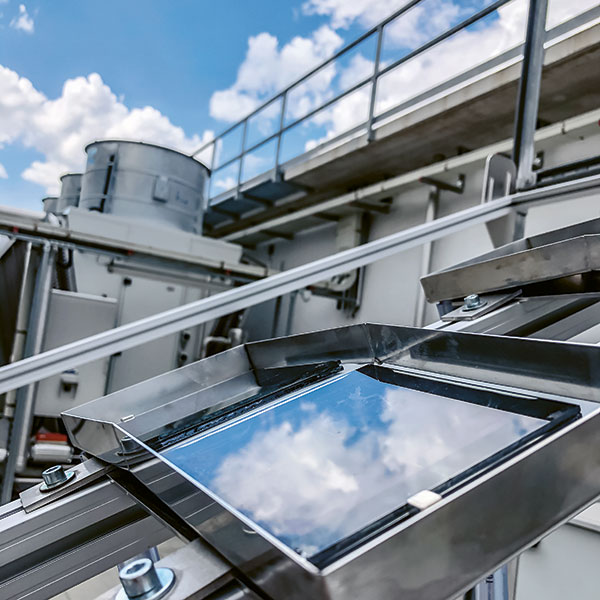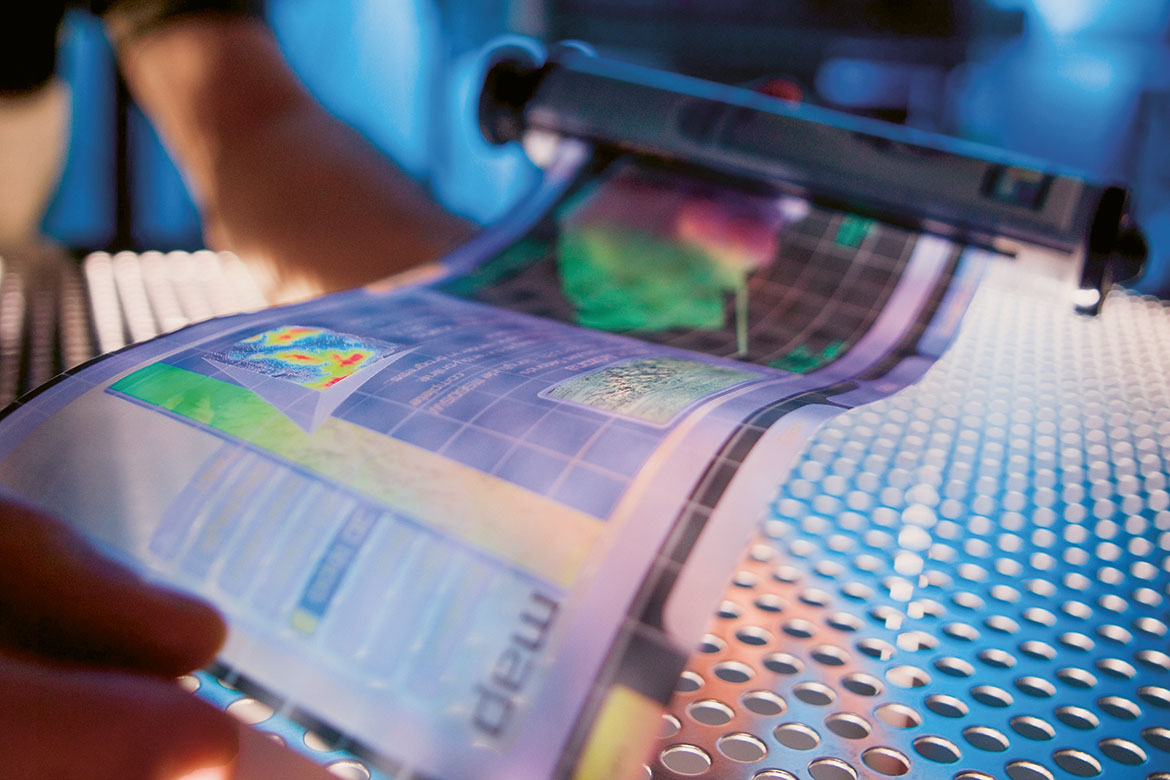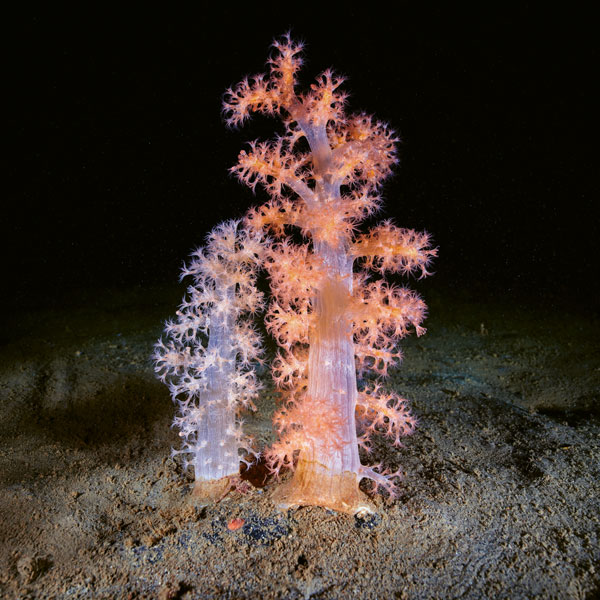Perovskite solar cells are now moisture-resistant
Perovskite solar cells are easy to produce and astonishingly efficient, but they have problems with the damp. Researchers in Lausanne have found out how to make a big improvement to their stability in wet conditions.

A new hope for the energy revolution? Solar cells made of perovskite are still only at the prototype stage. | Picture: W. Tress (EPFL)
Perovskites absorb sunlight and turn it into electricity. Solar cells made from them are cheap to produce and also extremely efficient – except in real-life conditions, where their efficiency rate drops rapidly. One reason is their susceptibility to humidity in the air. But EPFL researchers have now succeeded in making significant improvements to the stability of the cells. They have combined a perovskite with a coating of the same mineral that has been subjected to an innovative treatment.
In this coating, the perovskite crystals are arranged in incredibly thin layers with a positively charged, water-resistant molecule between them that has been developed for this purpose. This prevents the moisture from reaching the light-absorbent material and damaging it. After 1,000 hours of running time in simulated sunlight and in a humid atmosphere, the cell only lost 10 percent of its initial efficiency. “With pure 3D perovskite, the loss is some 60 percent over the same time period”, says Yuhang Liu, the lead author of the study published about this discovery.
Initially, the cell converts 22 percent of the solar energy it receives into electricity, and is thus one of the most efficient two-layer perovskites in the world. “But this is a laboratory value. And it still doesn’t match the levels attained by silicon cells. But in comparison to other new technologies, such as dye-sensitised solar cells, it is still significantly more efficient”, says Liu.
The researchers are convinced that this high degree of efficiency is also thanks to the water-resistant 2D perovskite layer, which mitigates losses in the charge collection of the solar cells.




